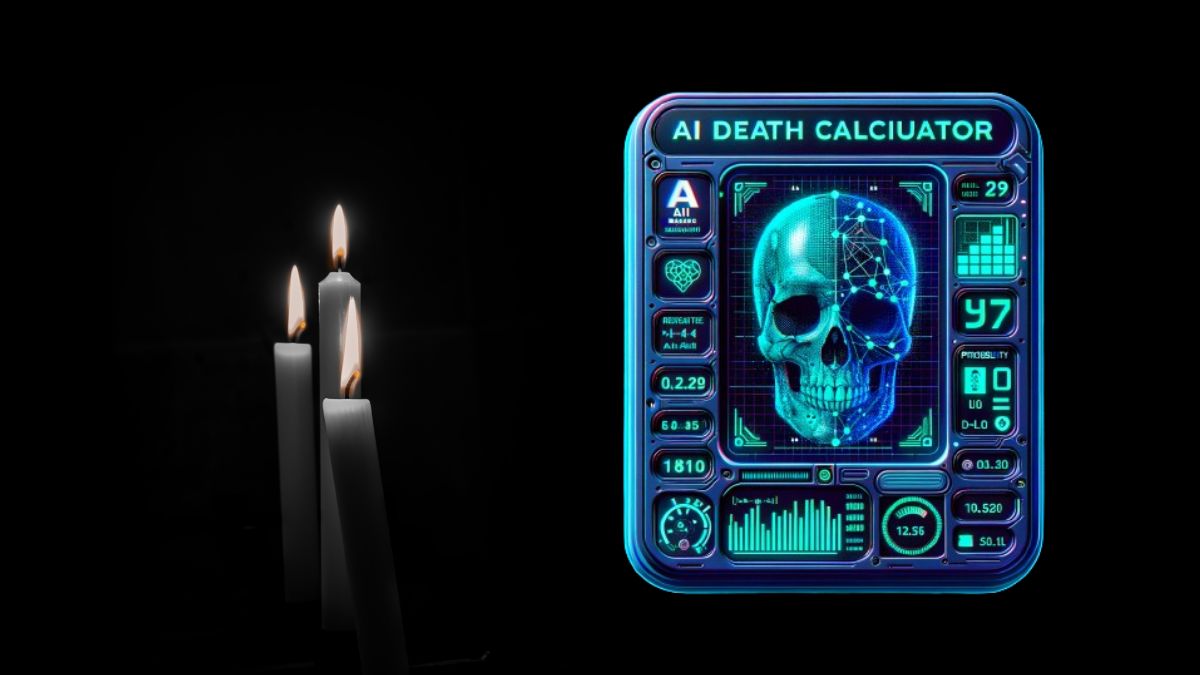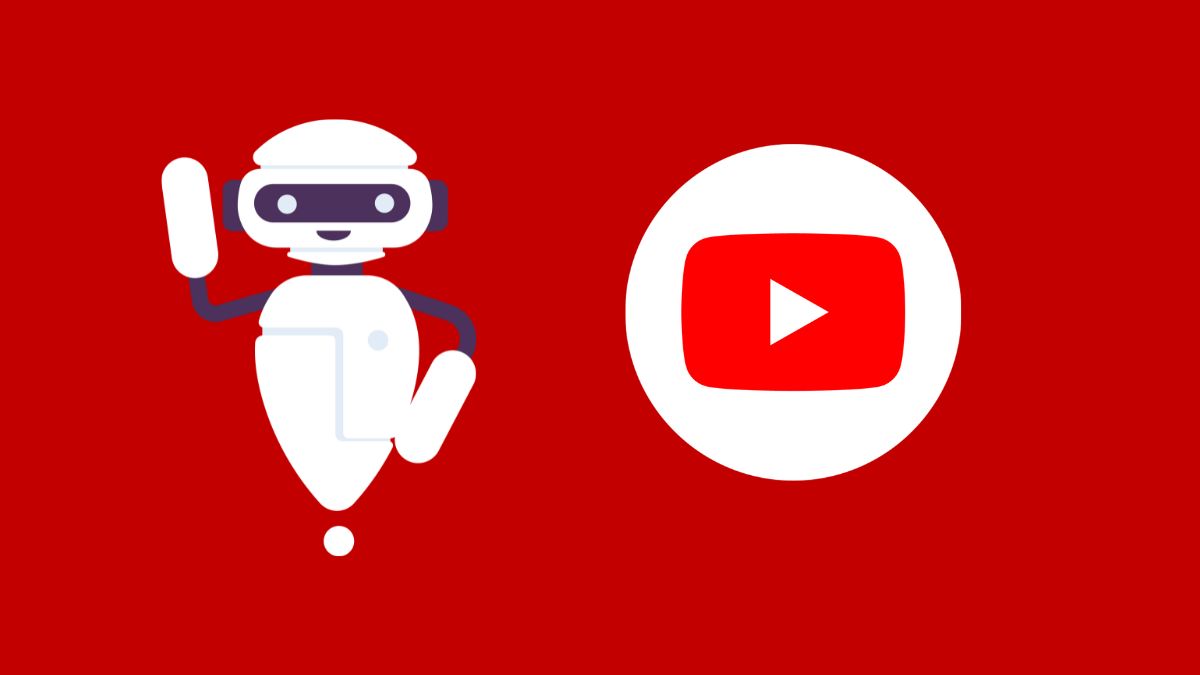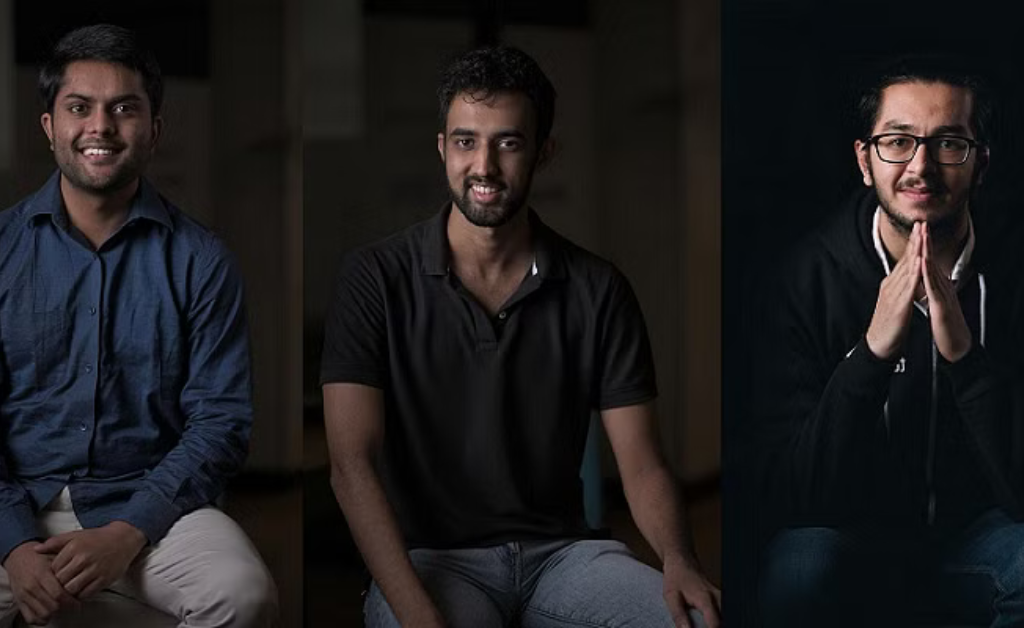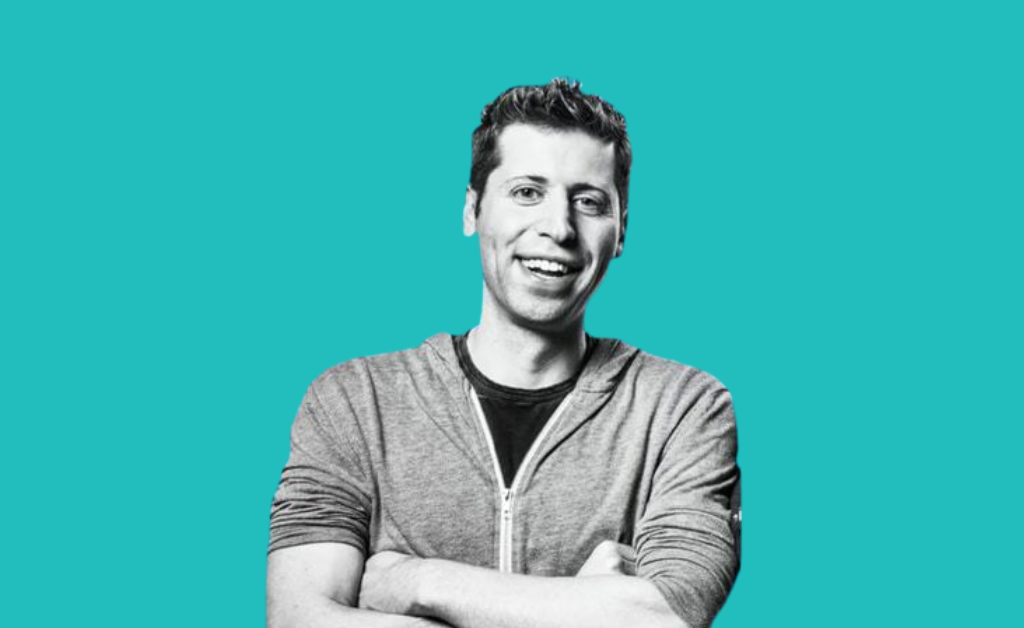How to Build Apps by Using ChatGPT [Easy Guide]
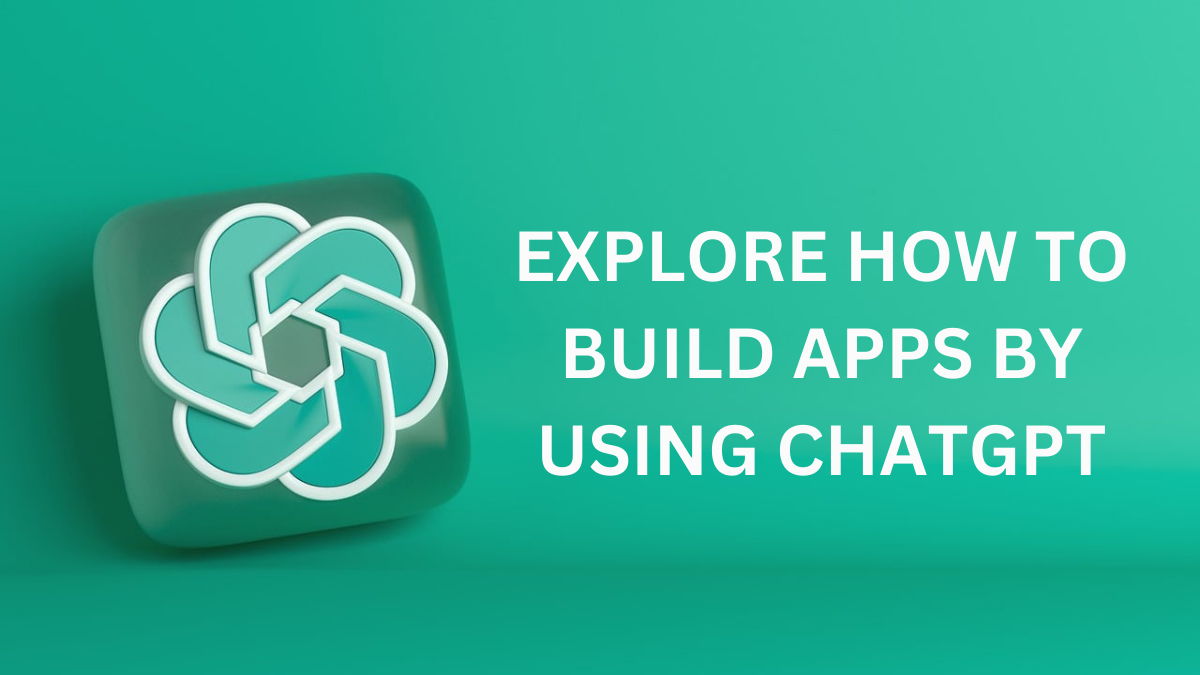
/ Can ChatGPT build your dream app? Explore how this AI tool can help brainstorm ideas, write user stories, and generate content for your app development process.
Author: Nilesh Badwar.
Date: 19 Mar 2024, 00:05 AM IST
While ChatGPT is a powerful tool for generating creative text formats and even assisting with code, it’s important to understand its limitations when it comes to building entire apps. This article will explore how ChatGPT can be a valuable companion in the app development process, but it won’t replace the need for coding knowledge or professional developers.
Step 1: Brainstorming and Code Generation (With Help)
ChatGPT shines in the initial stages of app development. Feeling stuck on an app concept? Describe your vision to ChatGPT and let it spark creativity. It can suggest features, user flows, and even catchy names to get your brainstorming session rolling.
Step 2: Crafting Clear User Stories
User stories define how users will interact with your app. ChatGPT can help write these stories in a clear and concise way, ensuring your app caters to user needs.
Step 3: Sample Content Generation
Need placeholder text or data to test your app’s functionality? ChatGPT can whip that up quickly, allowing you to build basic mockups and test features before diving into full development.
Step 4: Multi-Lingual Magic
Planning a global audience for your app? ChatGPT can translate your app descriptions, user interfaces, and marketing materials into various languages, potentially expanding your reach significantly.
Important Caveats: Code Doesn’t Write Itself (Yet)
While ChatGPT can be a helpful assistant, it can’t generate entire, functional apps on its own. You’ll still need to possess programming skills or hire a developer to translate the concepts and code snippets generated by ChatGPT into a working app.
The Takeaway: Collaboration is Key
ChatGPT is a fantastic tool to boost your app development journey, but it serves best as a collaborator, not a coder. Use it for brainstorming, content creation, and communication, but remember, it’s a tool to enhance the development process, not replace it entirely.
Beyond the Video: Exploring Alternative Approaches
For those without extensive coding knowledge, consider exploring platforms like:
- Drag-and-Drop App Builders: These platforms offer visual interfaces where you can build basic apps by dragging and dropping pre-built elements. While limitations exist, they can be a good starting point for simple apps.
- Low-Code Development Tools: These require some coding experience but offer a more flexible alternative to drag-and-drop builders. They allow you to customize apps with pre-written code blocks.
Building a Tic-Tac-Toe App with ChatGPT (A Simplified Example)
The video tutorial mentions building a Tic-Tac-Toe app using ChatGPT. While technically possible, it’s a simplified example and doesn’t represent the full app development process. Here’s a more realistic breakdown:
- Conceptualize and Plan: Define the app’s features, user interface, and functionalities.
- Design Mockups: Create mockups using design software to visualize the app’s layout and user flow.
- Develop the Front-End (App Interface): This involves writing code using technologies like HTML, CSS, and JavaScript to create the app’s visual elements and interactive features. ChatGPT might assist in generating snippets of code, but a developer would be needed to assemble and implement them.
- Develop the Back-End (App Logic): This involves writing code (often in languages like Python or Java) to handle data storage, user authentication, and server-side functionalities. ChatGPT wouldn’t be directly involved in this stage.
- Testing and Deployment: Thoroughly test the app for functionality and bugs before deploying it to app stores or making it publicly available.
Conclusion:
Building an app requires a combination of creativity, planning, and technical expertise. While ChatGPT can be a valuable tool in the initial stages and for content generation, it can’t replace the need for developers or alternative development methods depending on your app’s complexity. By leveraging ChatGPT’s strengths and understanding its limitations, you can embark on a more realistic and successful app development journey.

![How to Create a Video Game With AI: Beginners Guide [2024]](https://thequalts.com/wp-content/uploads/2024/01/How-to-Create-a-Video-Game-With-AI-Beginners-Guide-2024-1024x675.jpg)

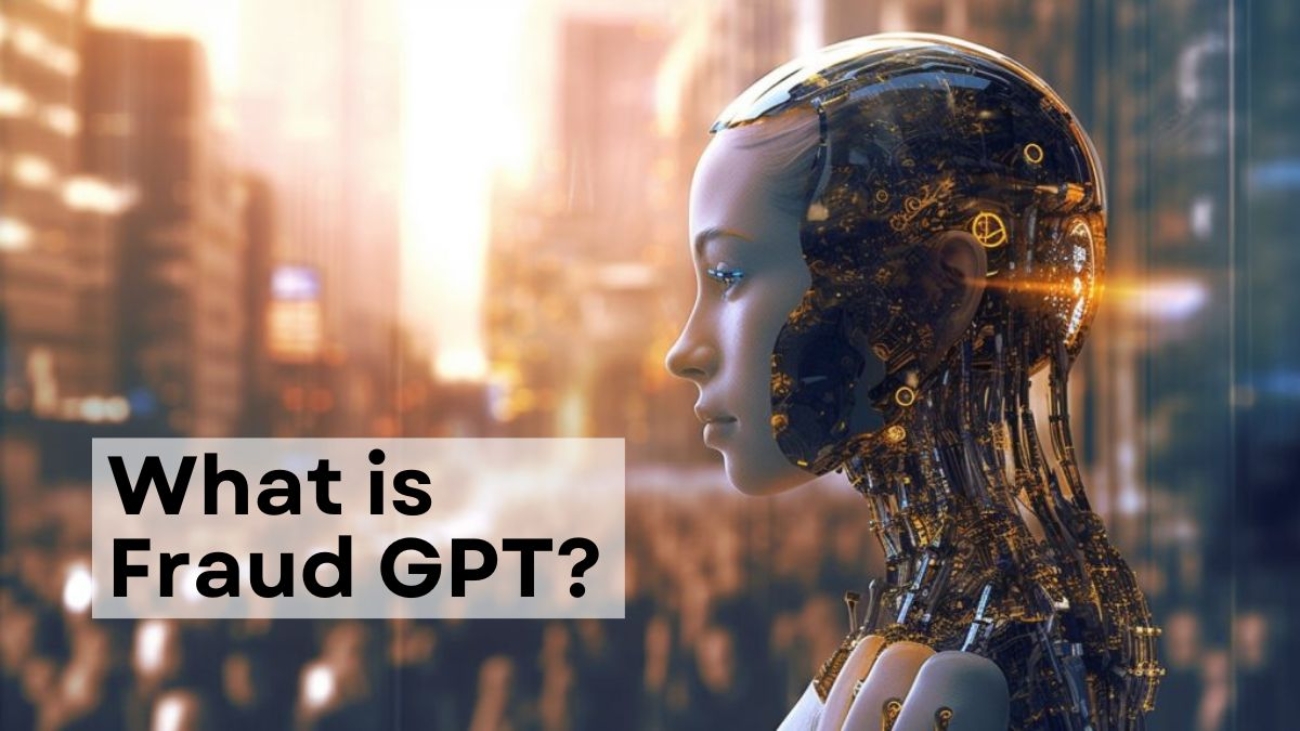
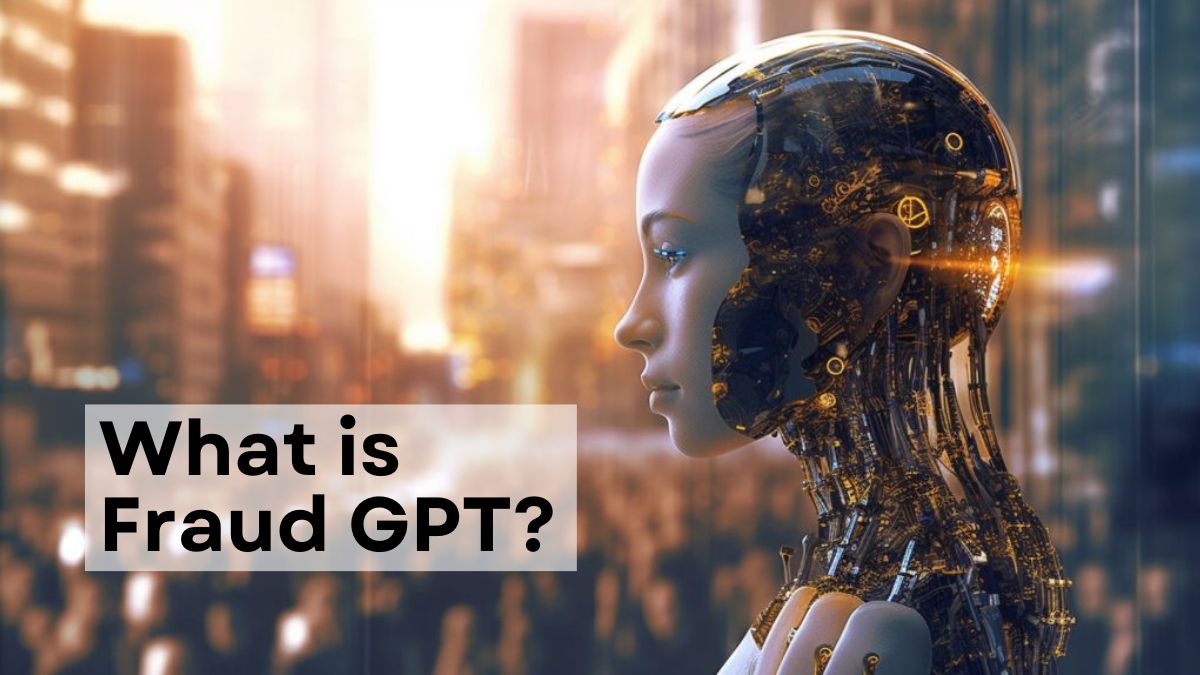
![Learn How to Make an AI Clone of Yourself [2024]](https://thequalts.com/wp-content/uploads/2024/01/Learn-How-to-Make-an-AI-Clone-of-Yourself-2024-1024x675.png)
